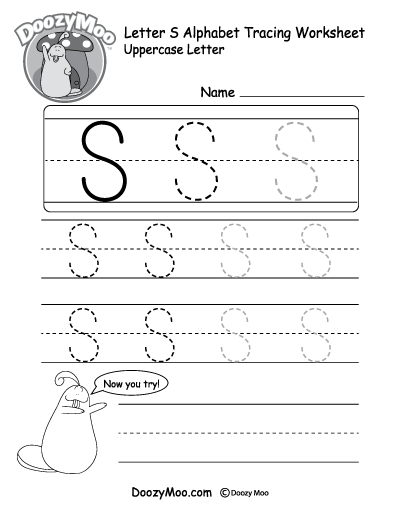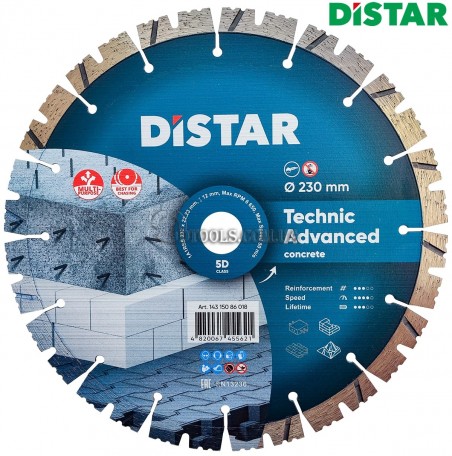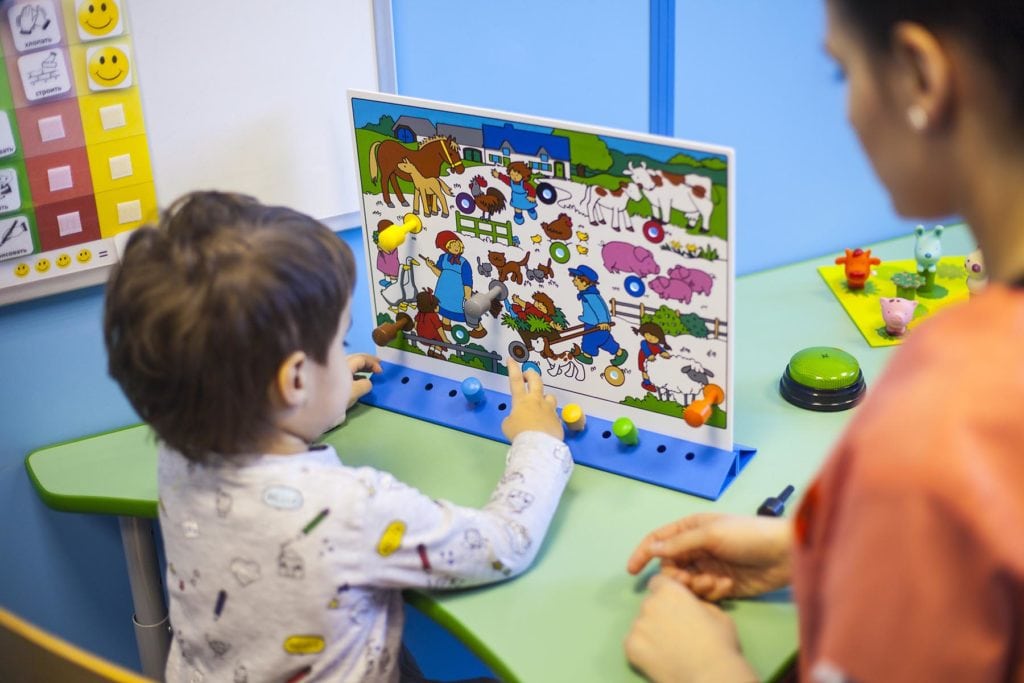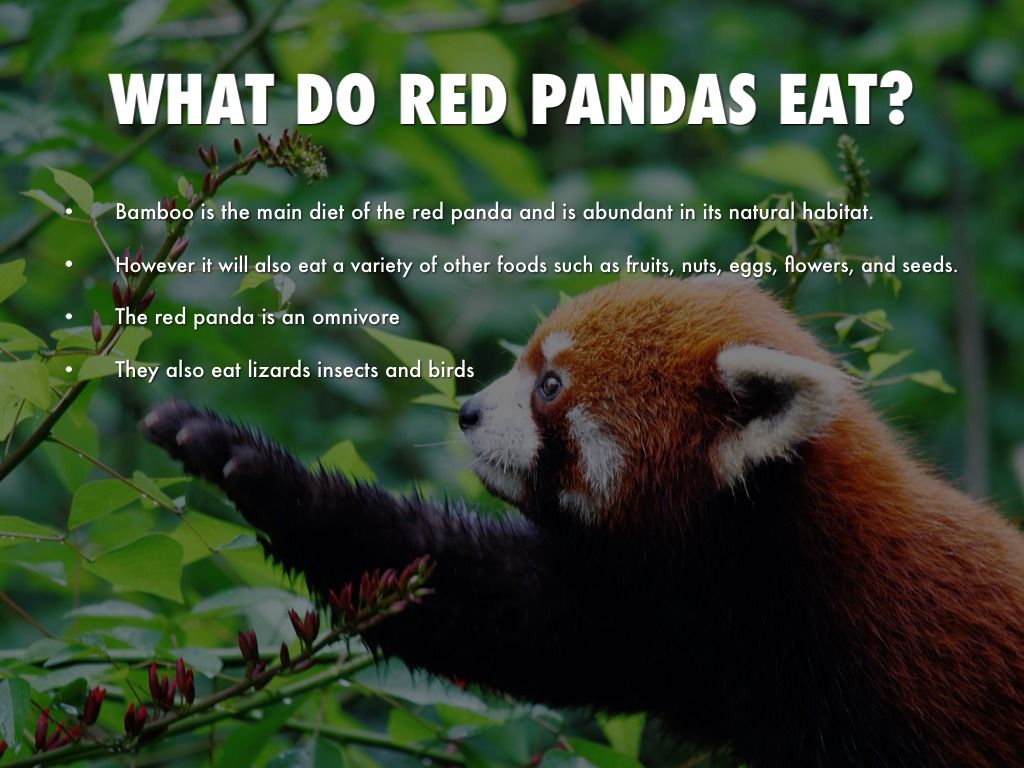Preschool reading comprehension
Preschool Reading: Comprehension and Sequencing
Reading is a core subject in early childhood education. Parents often wonder what they can do to help their preschooler be a successful reader even before he or she begins to read, sometimes resorting to fancy computer software and aggressive reading strategies to help give their child a leg up.
Download Article
However, simple everyday techniques, such as helping a preschooler understand what is being read to him, are a fun, effective, and developmentally appropriate springboard for reading success. And reading comprehension and sequencing are two pre-reading skills that preschoolers can practice before they can read themselves!
Reading Comprehension is understanding the meaning of the text. Young readers sometimes become so involved in the process of sounding out words, they forget to pay attention to what they are reading about! You can help your child learn to focus on what he reads by reviewing what you read together.
How to practice reading comprehension:
- Wonder Why. When a character does something in a story that is explained later, ask your child why they think the character did it. For example, if you are reading "The Three Billy Goats Gruff", you might ask your child why the troll let the littlest billy goat go over the bridge instead of eating him. As you continue to read, you can see if his guess was correct.
- Notice New Words. When you come across a word your child may not know, stop and ask him what the word means. For example, if you read “There was an enormous crash!” As your child “What does enormous mean?” If he doesn't know, you can explain it to him, then re-read the sentence. This will help him understand the meaning of what is being read and he will begin to feel more confident asking about words he doesn't know. Building a large vocabulary helps with reading because it's much easier to sound out a word that you know than one you have never heard before.
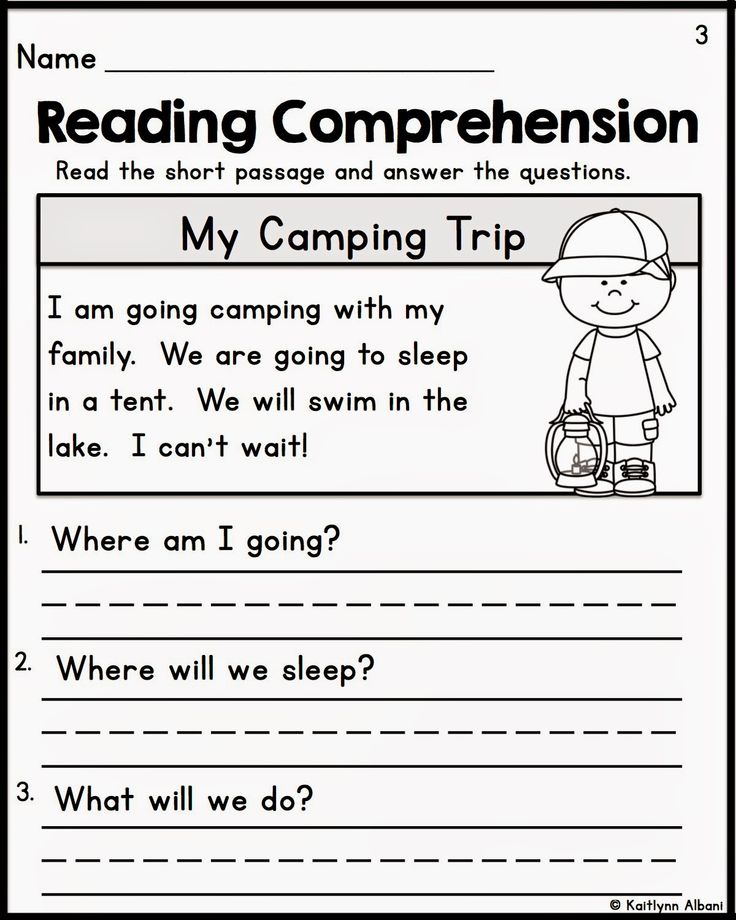
- Reading Review. Before you read a favorite story over again say, “I remember reading this story, but I don’t remember what happens to the pig. Do you?” Your child will surely chime in and tell you what happened, and practice the important skill of retaining and reviewing information.
- Delve into Details. After the story is finished, ask a series of questions about the events and characters. For example: Why did the man hide the book? Who drove the cat to the vet? What happened after recess was over? As you repeatedly engage in these discussions after reading, your child will likely begin to pay more attention to the details of the stories you read (and later, the stories he reads).
Sequencing is the ability to put the events of a story in the order in which they occurred. “Teaching sequencing to early learners is important because logical order of thinking is fundamental to reading and everyday life," says Brenda Strickland, author of Year Round Preschool Reading.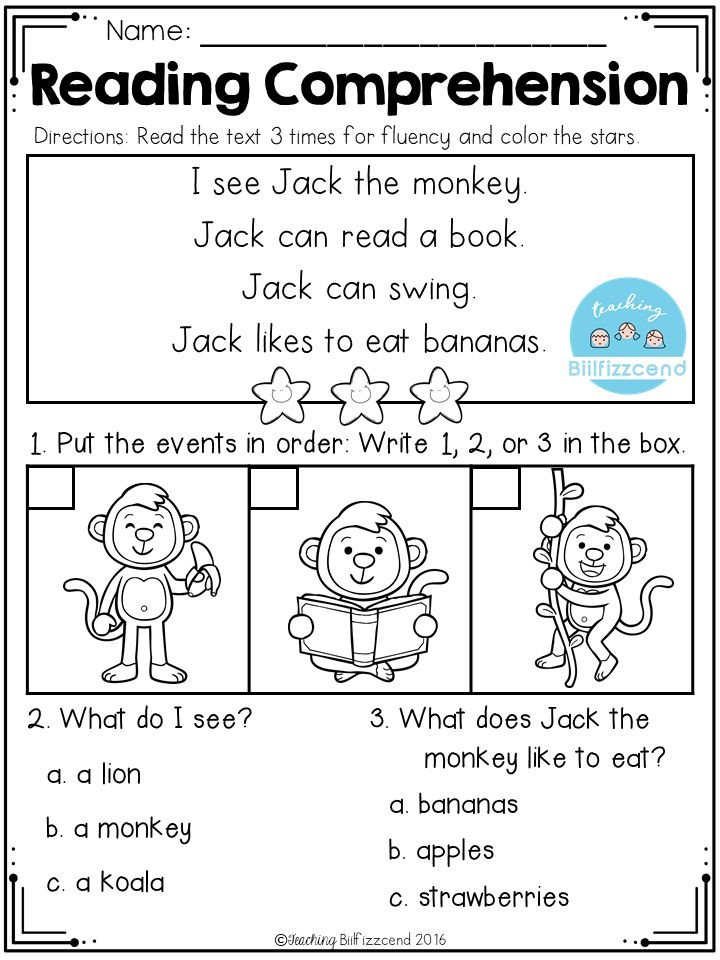
How to practice sequencing:
- Practice Predicting. When reading a story for the first time, ask your child what he thinks will happen next. For example, in "The Gingerbread Man", what does he think will happen after the gingerbread man gets on the fox’s back? If his guess was not correct, you can use this opportunity to have him make up his own version of the story and see how it might end differently. When you have read a story several times, stop and ask if your child knows what is going to happen on the next page.
- Create Sequence Cards. After you have finished reading the story, help your child make sequencing cards for the story. On several pieces of blank paper, you or your child should draw pictures (simple stick-figures will do) to show the main events in the story. Your child can then dictate the words that go along with each picture and you can write them for him. Have him place the cards in order. Start with just 3 cards for the beginning, middle, and end of the story and add more as your child is ready.
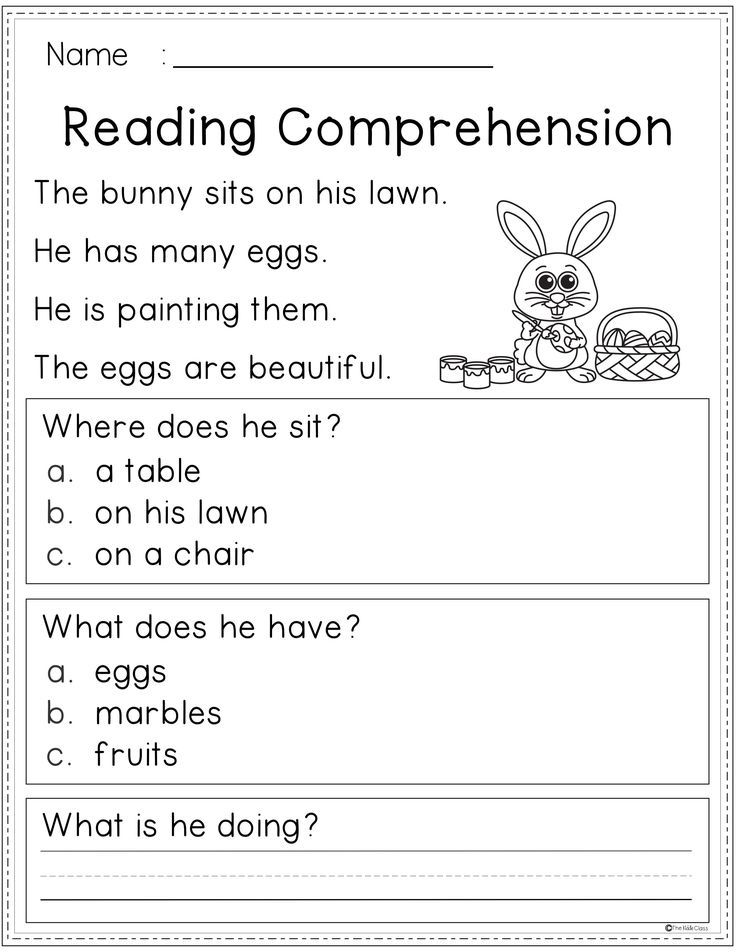
- Build Your Own Book. Have your child make books out of his favorite stories. Staple several pieces of paper together and allow your child to dictate the words to you (or he can write the sounds he hears in each word to represent the words). He can draw pictures to add to each page.
By adding just a few simple questions and activities to your story time, you can help your child begin to learn about important reading skills. Practicing reading comprehension and sequencing skills will help your child make sense of what is being read and help him become aware of what is happening in the text. As an added benefit, it will add enjoyment to the time you spend reading with your child!
More preschool reading comprehension and sequencing activities:
- Illustrate a Famous Book!
- Practice Storytelling with a Plot Potluck
In addition, reading games provide an immersive, visually rich experience that keeps students engaged as they develop reading skills.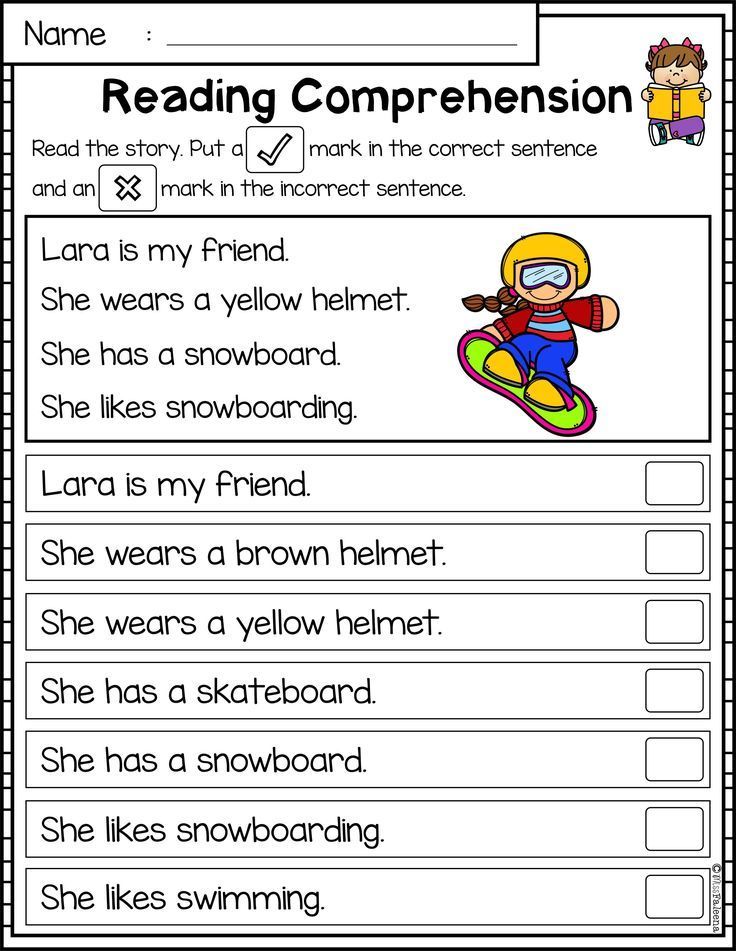
More reading help can be found on our reading resources page.
Next Article: The Language Arts
Reading Comprehension Strategies for Preschool Students
Reading comprehension – understanding and interpreting what is read – is one of the most important skills for students of all ages. Even when preschoolers are not yet able to read, they love to be read TO. A wise teacher uses before, during, and after reading a story as teaching time. Here are eight strategies for developing budding reading comprehension skills in even the youngest learners.
Before Reading
The goals of using a comprehension strategy with students before reading a story are to help them focus their attention, to activate their prior knowledge, and get them excited to read it! It is tough for students to transition to storytime, sit down, and just start reading. Teachers must “prep” them a little bit to be good listeners.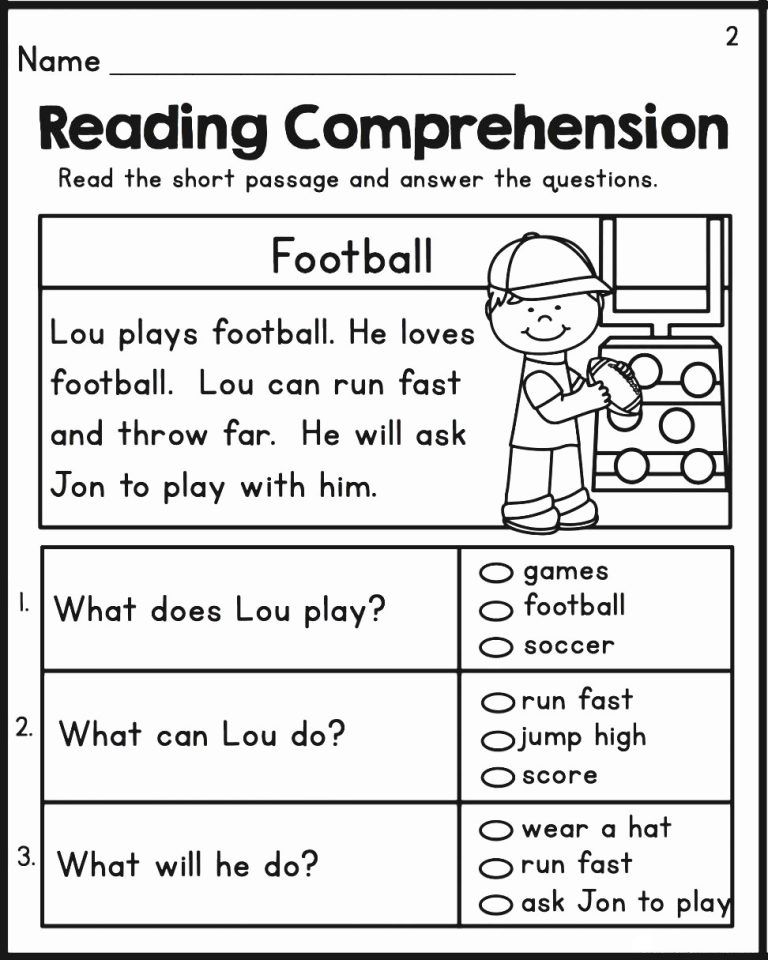 There are lots of ways to accomplish this. Here are 3 strategies that work well:
There are lots of ways to accomplish this. Here are 3 strategies that work well:
Purposes of Before Reading strategies
- Activate student’s prior knowledge
- Set the stage for reading
- Get the children excited about the book!
Book Talk Ideas
- Give the children a “teaser” about what is to come
- Introduce the characters and explain the problem
- Invite the children to make a prediction
Knuffle Bunny by Mo Willems is a perfect story for engaging students during a book talk. Young children find the main character, Trixie, very relatable and can empathize with the angst that she feels when her beloved stuffed toy is misplaced. The teacher can draw students in further by bringing a favorite stuffed toy or classroom mascot to the carpet, or even bring one of their own toys from their childhood. Discuss how the toy goes everywhere, it sleeps in the bed with the owner and is very important to that person.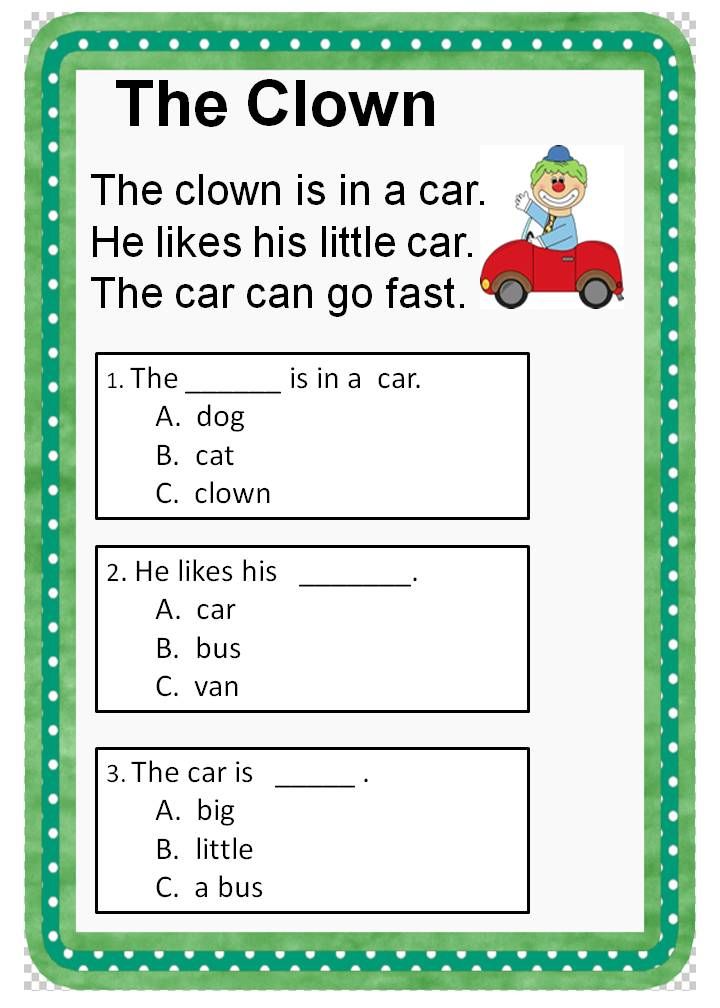 Then, ask the students if anyone has a special stuffed animal or blanket. Ask the students to imagine, “How would you feel if your special toy got lost?” After sharing their ideas, read about what happens to Trixie. (And for students that have lost their special items, try LostMyLovey.com to search for replacements or even the item itself!)
Then, ask the students if anyone has a special stuffed animal or blanket. Ask the students to imagine, “How would you feel if your special toy got lost?” After sharing their ideas, read about what happens to Trixie. (And for students that have lost their special items, try LostMyLovey.com to search for replacements or even the item itself!)
Book in a Bag Ideas
- Put together a few small props or pictures that represent the story
- Pull them out one at a time and invite the children to make a prediction about the story
Preschoolers (and many older students!) are visual learners. When the teacher sits down to read a story with a mysterious bag full of objects, it is guaranteed to grab their attention! Fill a gift bag with items and pictures from the story and pull them out one at a time. As each item is revealed, encourage the students to make a prediction about the story. What is it going to be about? Here is an example for a bag of objects for There Was an Old Lady Who Swallowed a Rose!
Reading Comprehension Strategy #3 – Key WordKey Word Ideas
- Choose 1 important word from the story
- Discuss the meaning of the word
- Have students give examples of the word
- Encourage children to make predictions
Introducing a “Key Word” is another way to get students thinking about the story before reading it.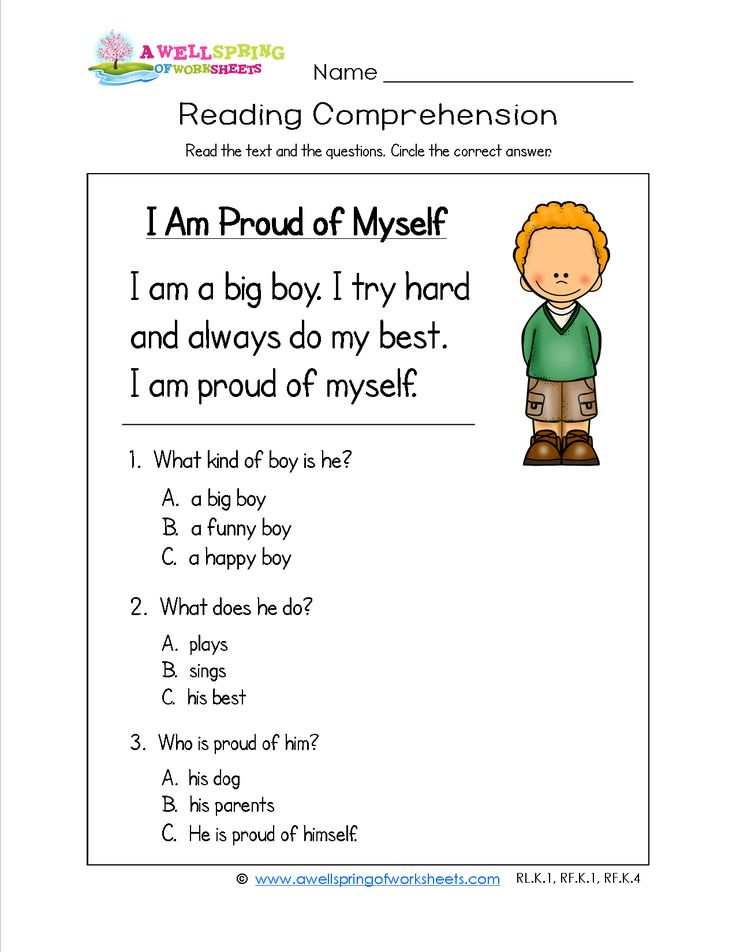 For example, in The Scarecrow’s Hat by Ken Brown, ask students if anyone knows what swap means. Discuss how “swap” means to trade. Next, invite them to talk about things they like to swap. Then, tell them that in The Scarecrow’s Hat, Chicken wants to swap something with Scarecrow. Encourage students to make predictions about what they might swap. Finally, read the story together.
For example, in The Scarecrow’s Hat by Ken Brown, ask students if anyone knows what swap means. Discuss how “swap” means to trade. Next, invite them to talk about things they like to swap. Then, tell them that in The Scarecrow’s Hat, Chicken wants to swap something with Scarecrow. Encourage students to make predictions about what they might swap. Finally, read the story together.
During Reading
There are three strategies that teachers can use during reading. While reading aloud to children, the most important thing is the enjoyment of the book, of course. Young children benefit from being active listeners. They need to listen with their voices and their bodies in order to comprehend! Teachers can involve them by doing the following:
Reading Comprehension Strategy #4 – Incorporate MovementIncorporating Movement Ideas
- Have students use props from the story
- Have students use their bodies to mimic motions in the story
- Use simple musical instruments, such as shaker eggs, at key phrases
The Little Old Lady Who Was Not Afraid of Anything is an all-around fantastic book for fall. It is a good example of how to incorporate movement while reading a book to young children. The Little Old Lady in the story meets 2 big shoes on the path to her cottage, and the shoes go, “Clomp! Clomp!” It is so much fun for the children to “clomp” their own shoes. They also love it when they are provided props to go with the story– shoes, pants, a shirt, gloves, a hat, and a pumpkin head. As the teacher reads, they take turns moving the props to match the story. So much fun and the students are completely engaged!
It is a good example of how to incorporate movement while reading a book to young children. The Little Old Lady in the story meets 2 big shoes on the path to her cottage, and the shoes go, “Clomp! Clomp!” It is so much fun for the children to “clomp” their own shoes. They also love it when they are provided props to go with the story– shoes, pants, a shirt, gloves, a hat, and a pumpkin head. As the teacher reads, they take turns moving the props to match the story. So much fun and the students are completely engaged!
The reading jargon for repeating a refrain or line in a book is “Choral Reading.” It’s a term that means the children all join in reading the repeated lines in unison. The Pete the Cat books are perfect examples of this strategy. In Pete the Cat I Love My White Shoes, the repeated line is, “I love my white shoes. I love my white shoes! I love my white shoes, etc.” It’s so catchy that the students will have a hard time not joining in!
Just a quick note: Be sure that you get the free audio downloads to go along with your Pete the Cat books.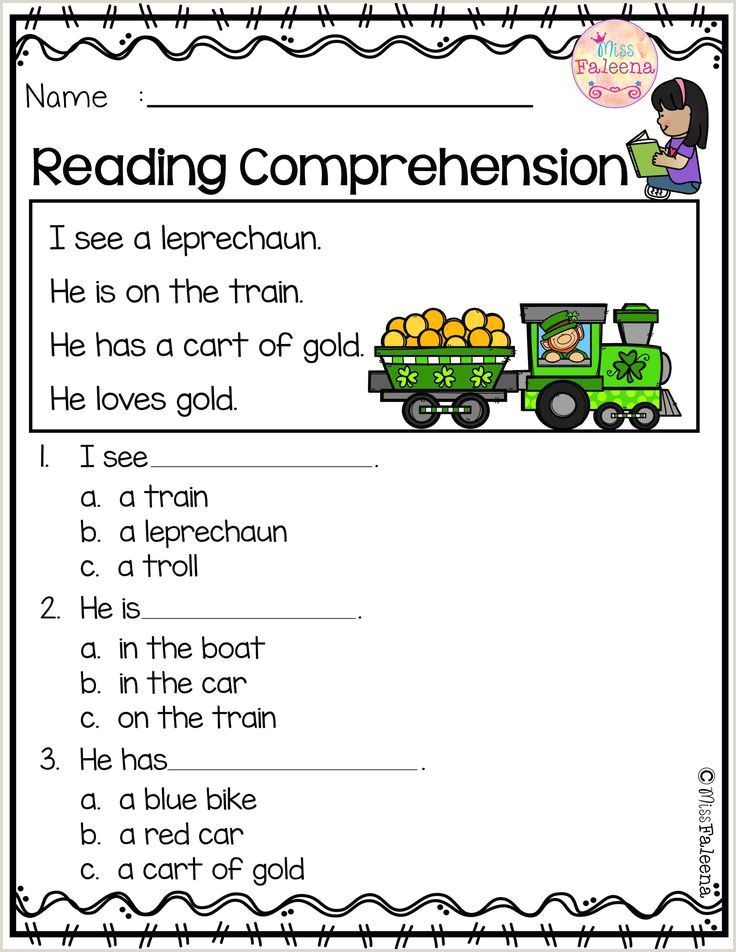 They’re just not the same without the audio!
They’re just not the same without the audio!
Reading Comprehension Strategy #6 – Sequencing
Sequencing Ideas
- Use pictures of story events
- Have students place pictures in a pocket chart as they happen
A final “During Reading” strategy perfect for preschoolers is Sequencing. Thinking ahead to elementary school, we know that students will have to retell stories with a beginning, middle, and end. They will have to recount events of a book in order. Preschool teachers can prepare them for this essential elementary skill by giving students practice putting events in order. One way to do this is to print pictures from the story and give them to students before reading. They can then place the pictures on a felt board, pocket chart, or easel in order as the story progresses.
After Reading
We know that in order for children to understand a story well, they have to start thinking about it before reading. They might look at the pictures and make a prediction.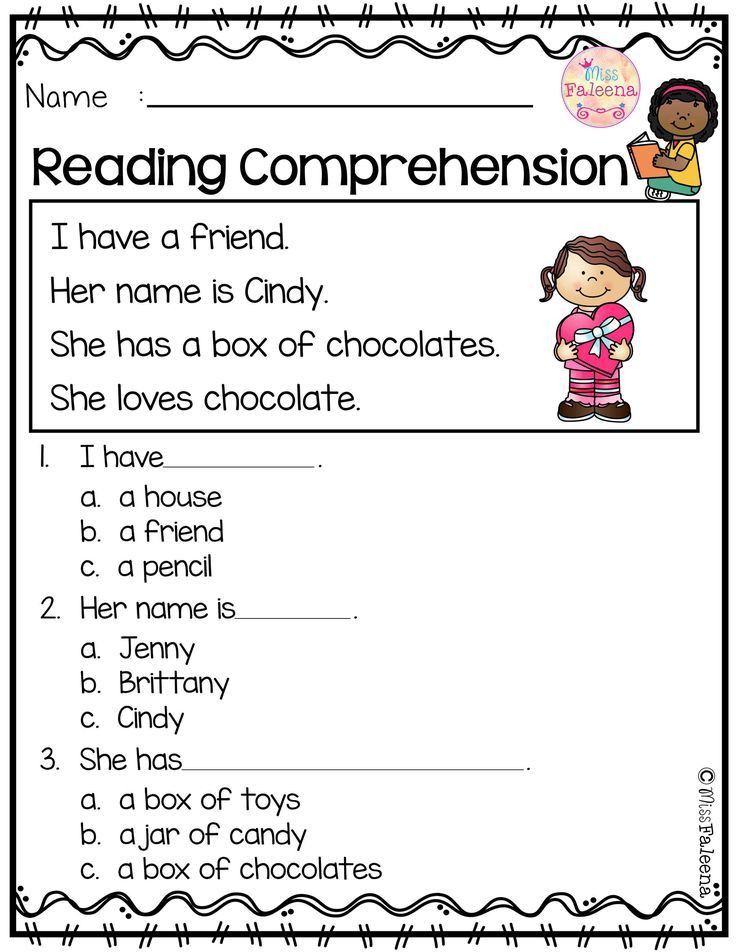 Then, while we read, we can involve the children by encouraging them to move and read with us. Now that the book is finished, there are other things we can do to reinforce the story and extend the students’ understanding.
Then, while we read, we can involve the children by encouraging them to move and read with us. Now that the book is finished, there are other things we can do to reinforce the story and extend the students’ understanding.
After Reading Comprehension Goals
- Reflect on the story
- Make Connections
- Revisit the story
Lots of stories lend themselves to “Acting it Out.” After reading The Three Billy Goats Gruff, for example, students can play “billy goats” by using a low balance beam to make a bridge and take turns TRIP-TRAPPING across it. Adding goats to the block center encourages students who want to build a bridge there. Simple costumes, such as themed hats made from paper for “The Little Red Hen” at the dramatic play center, ensure the story’s reenactments. Puppets and other toys that mimic the main characters in other centers and access to the story itself make this a simple way for students to tell and retell the story.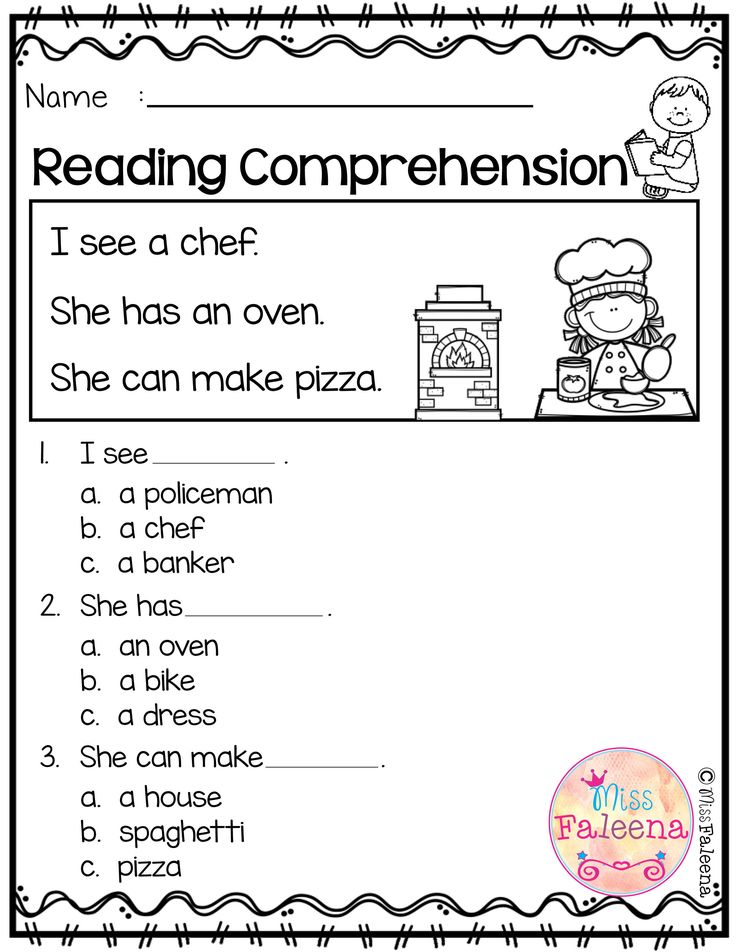
Reading Comprehension Strategy #8 – Compare Similar Stories
Another important elementary school comprehension skill is “Making Connections.” Students can make a connection in one of three ways:
- TEXT to SELF – Does this book remind you of something that happened to you?
- TEXT to TEXT – Does this book remind you of another book?
- TEXT to WORLD – Does this book remind you of something you know about in the world (another place, a movie, a person you know, etc.)?
When reading a story to young children, teachers can encourage them to compare the story to something else that they know about. After reading Corduroy, students might tell about their favorite stuffed animal. They can compare Lisa’s love of Corduroy to their own (Text to Self). It also might remind them about the Knuffle Bunny story mentioned earlier (Text to Text). They might even remember that Corduroy was purchased in a department store, much like one they saw in an ad on TV (Text to World).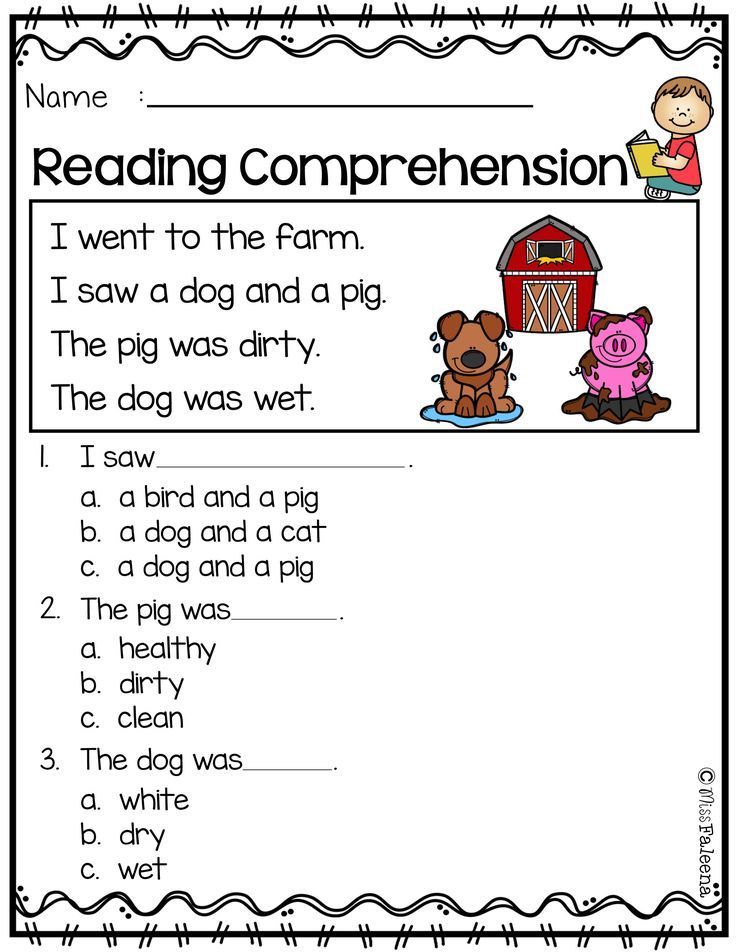
The most important thing for the students is that they gain a love of reading first. These skills take it to the next level, providing more enjoyment and understanding, valuable skills for when they move to grade school and beyond.
An Important Note:
While using reading strategies with children, it is important to keep their attention spans in mind. It is crucial to remember these strategies should not all be employed on the same day, or even on the same story. Never use more than one strategy from each section with each book, and try to make it quick! The goal is to get students thinking about the book, but most of the time and effort should be the act of reading and enjoying the story.
Looking for more information?
NAEYC has loads of articles about reading with young children right here.
For more early reading posts, check out the literacy tab on our website!
Need some printable literacy materials for the classroom? Find them here!
Are you a teacher?
FREE Name Bundle!
Enjoy Free Name resources perfect for your preschoolers!
After you subscribe, you will be redirected to the FREE Name Resources.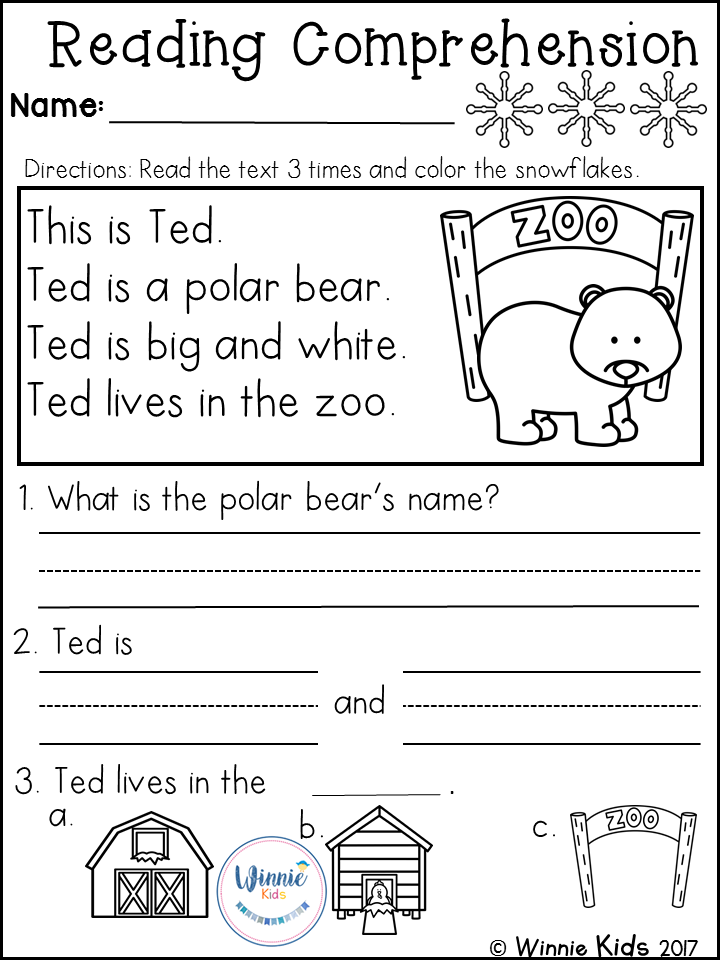 We respect your privacy. Unsubscribe at any time.
We respect your privacy. Unsubscribe at any time.
Matching words with pictures helps improve reading comprehension in autistic children • Autism is
Hyperlexia is a condition in which preschool children show an early intense interest in letters and learn to read (decode words, that is, say what they read) very early. Very often, children with hyperlexia learn to read on their own, without targeted instruction. But at the same time, children often do not understand the meaning of what they have read.
Hyperlexia typically occurs in people with developmental disabilities, including autism. This feature begins to appear before the age of 5, as a rule, it leads to the fact that the child “teaches himself to read”. In children with hyperlexia, reading is ritualistic and often a compulsive behavior. At the same time, there is often a large gap between the ability to read words and the development of other speech skills of the child.
In children with hyperlexia, letters and texts are often a special interest, many such children love to read aloud and do it for pleasure.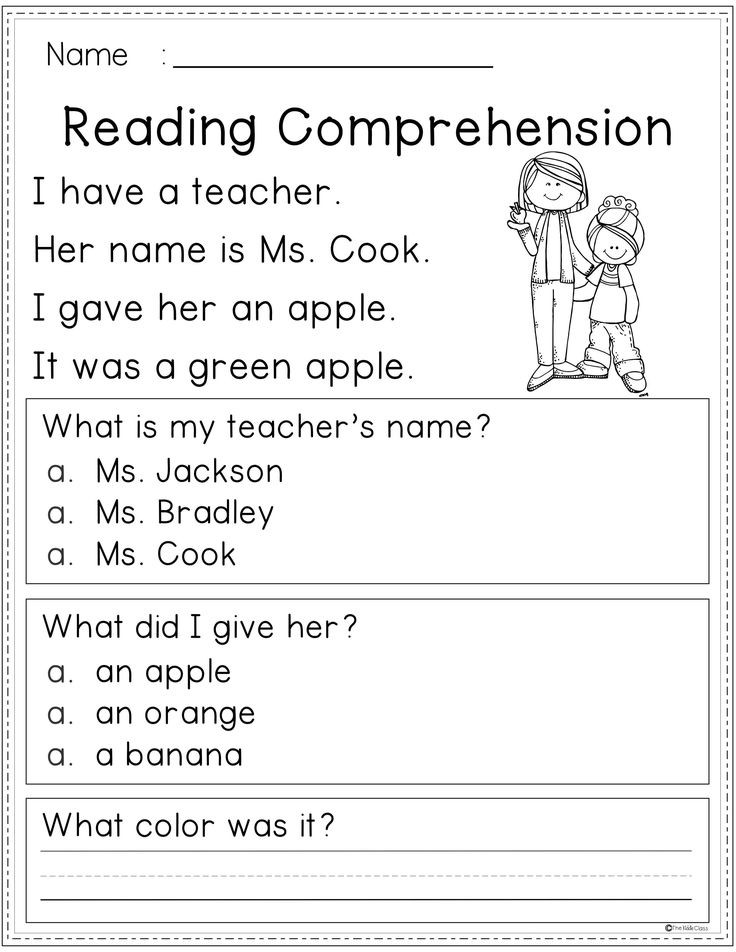 At the same time, they may have difficulty with oral speech, including understanding speech by ear. Such children often have echolalia (repetition of other people's words and phrases), reversal of pronouns, repetition of individual words and phrases over and over, difficulties with the functional use of speech.
At the same time, they may have difficulty with oral speech, including understanding speech by ear. Such children often have echolalia (repetition of other people's words and phrases), reversal of pronouns, repetition of individual words and phrases over and over, difficulties with the functional use of speech.
Hyperlexia is very common in children on the autism spectrum. According to various estimates, from 6 to 20% of autistic children show signs of hyperlexia. However, there is still very little scientific evidence on how to support reading skills and improve reading comprehension in these children. A new study by researchers at McGill University, Canada, attempts to answer this question, according to a university press release.
It would seem that children with hyperlexia learn to read before other children, and this should be an advantage in learning. In reality, however, these children often have severe reading difficulties, as they can read words but not understand their meaning.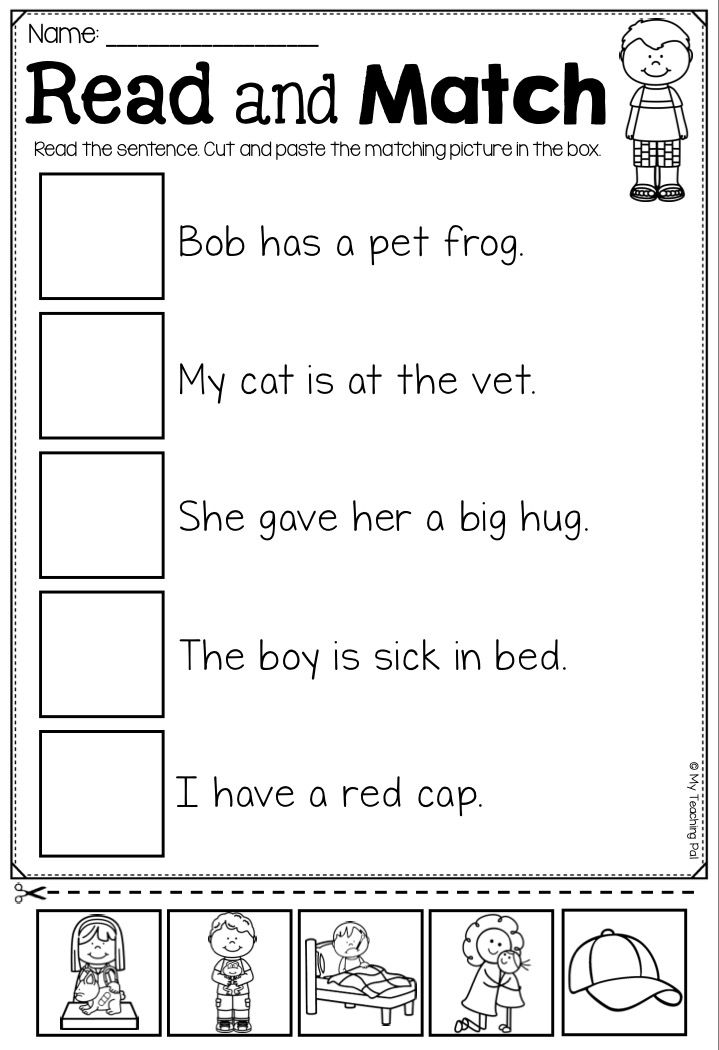
There is still no consensus on whether these children learn to read in the same way as neurotypical children, just earlier, or whether their learning to read is completely different. Data from a previous McGill University study showed that children with autism and hyperlexia do follow their own unique literacy path, which is different from that of neurotypical children. This indicates that they may need other reading programs.
Researchers from the School of Educational Psychology and Counseling at McGill University have developed a mobile application for these children. The program builds on their strengths and aims to improve reading comprehension. The program is also designed for the support and participation of parents.
So far, the program has passed only preliminary trials among eight children with autism and hyperlexia. The children used the program for six weeks. As a result, they significantly improved both their reading comprehension and their understanding of spoken language.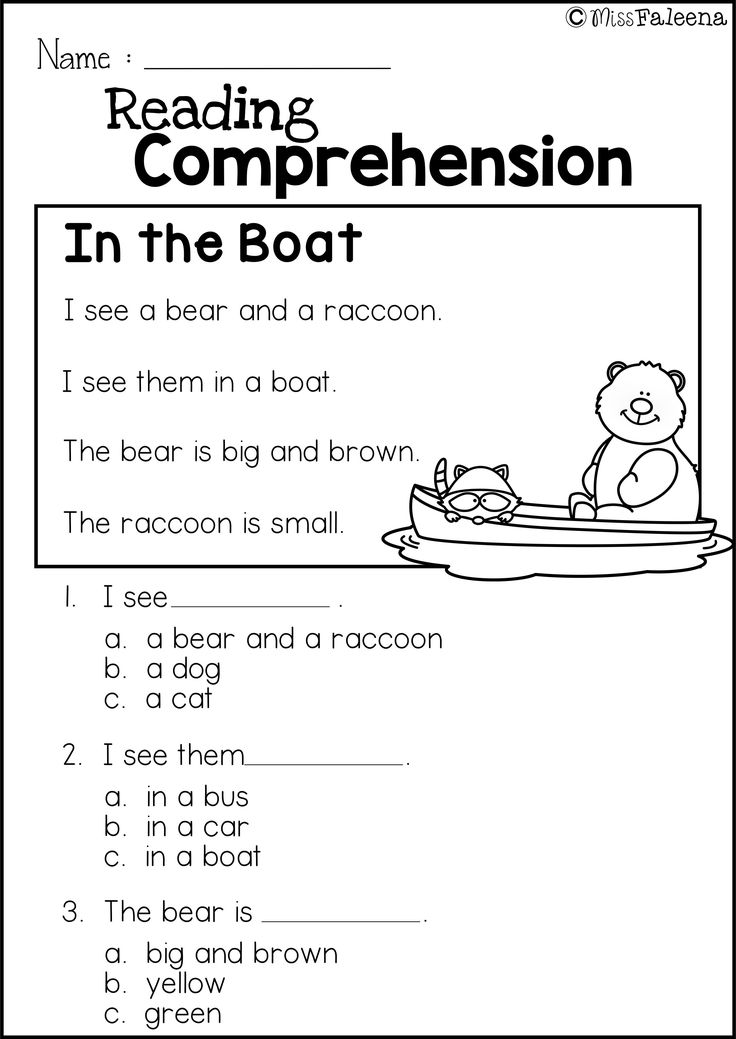
Reading comprehension is a problem for children with autism and hyperlexia, even with a strong interest in reading as such. According to research, the first step in overcoming this problem is a stable understanding of the meaning of individual words, both written and spoken. Without this step, it will be difficult to move on to more complex learning tasks.
The application is aimed at improving the understanding of individual words by combining words with images. At the same time, the children trained to choose suitable images for words both in writing and orally. The application also took into account that children with hyperlexia tend to love to read, and this special interest can be used as motivation for their further learning.
This is the first program specifically designed to work on reading comprehension in preschoolers with autism and hyperlexia. As a rule, reading comprehension begins to work only at primary school age.
The authors of the study believe that it is important for parents and educators to take into account the unusual profile of children with hyperlexia and autism. Their needs may differ from those of neurotypical children. Scientists recommend starting to work on reading comprehension skills with these children earlier than is usually recommended. According to researchers, the optimal age to start such training is 3 years.
Their needs may differ from those of neurotypical children. Scientists recommend starting to work on reading comprehension skills with these children earlier than is usually recommended. According to researchers, the optimal age to start such training is 3 years.
The scientists are currently testing the application, but in the future they plan to make it available to parents, educators and other professionals. The developers also plan to open the source code of the application so that users can contribute to its further development.
Ref.
Dianne Macdonald et al, Early Reading Comprehension Intervention for Preschoolers with Autism Spectrum Disorder and Hyperlexia, Journal of Autism and Developmental Disorders (2021).
First texts. Teaching reading to preschool children. | Material (senior group):
Posted on 26.01.2020 - 15:09 - Valkova Natalya Viktorovna
Mastering reading is an important and crucial moment in the development of a child.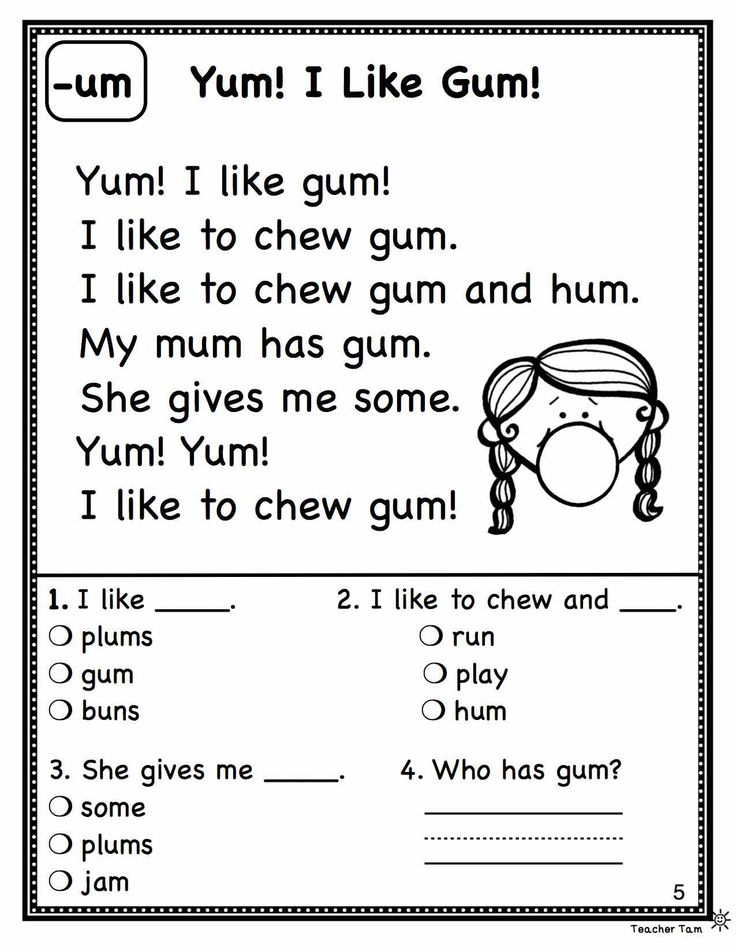 The love of reading depends on how quickly and easily the child will comprehend what he read. Light texts contribute to the development of meaningful reading.
The love of reading depends on how quickly and easily the child will comprehend what he read. Light texts contribute to the development of meaningful reading.
Download:
Preview:
Age characteristics of preschoolers
Kindergarteners after 5 years of age are very active, mobile, inquisitive. They rapidly grow up, grow wiser, develop physically and mentally.
When preparing for school, teaching reading by syllables, parents and teachers should pay attention to the following age characteristics of children aged 4-7:
- The main need of kindergarteners is communication and games. Children ask a lot of questions to adults, themselves, peers. Learn by playing.
- The leading mental function is imagination, fantasy. This helps to show creativity.
- Emotions, impressions, positive experiences are important for further development, the desire to continue activities. Kindergartener 5-7 years old needs praise, support, lack of comparison with other children.
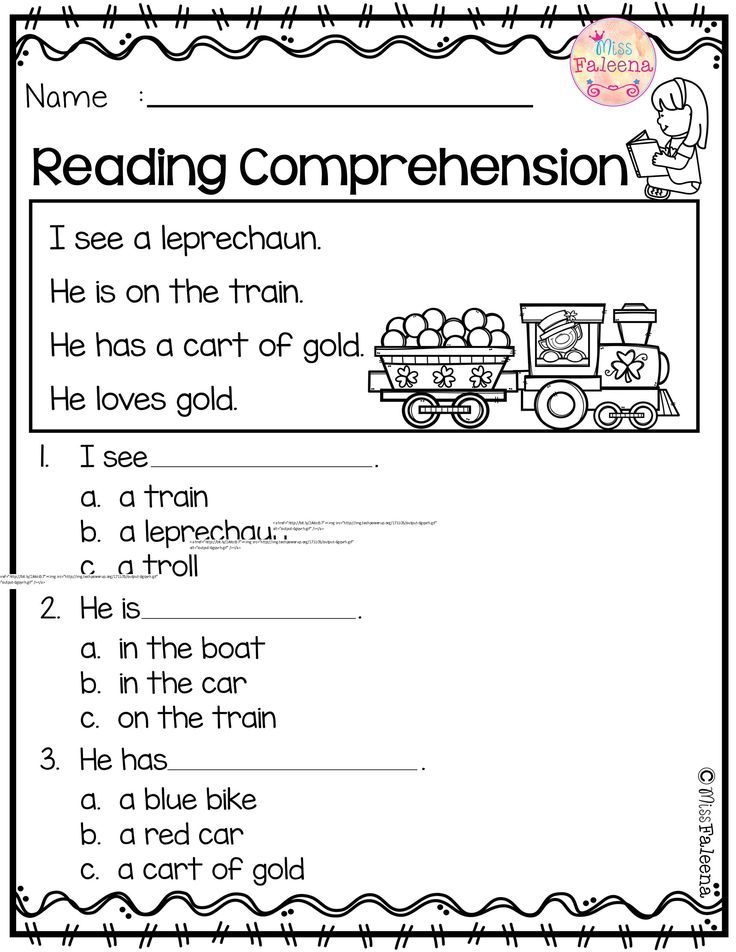
- Cognitive processes are actively developing: attention, memory. At 5-7 years old, preschoolers can remember and analyze a large amount of information. But you need to give it in doses, trying not to overload the children's brain in one lesson.
- Speech becomes more developed. At the age of 5, the kid speaks in complex sentences, can pick up several synonyms for one word, knows a lot of poems, riddles, and several fairy tales by heart.
- Kindergartener wants to learn new things and learn. The kid is spurred on by curiosity, he is interested in everything new, unknown.
How to work with texts
Reading poems, short stories for a preschooler is a new kind of work. The difficulty of completing the reading task lies in the fact that the kindergartener does not always understand the meaning of the passage. To avoid this, you need to approach the choice of material and methods of its processing correctly. Build the learning process as follows:
- Match the handouts to the student's age.
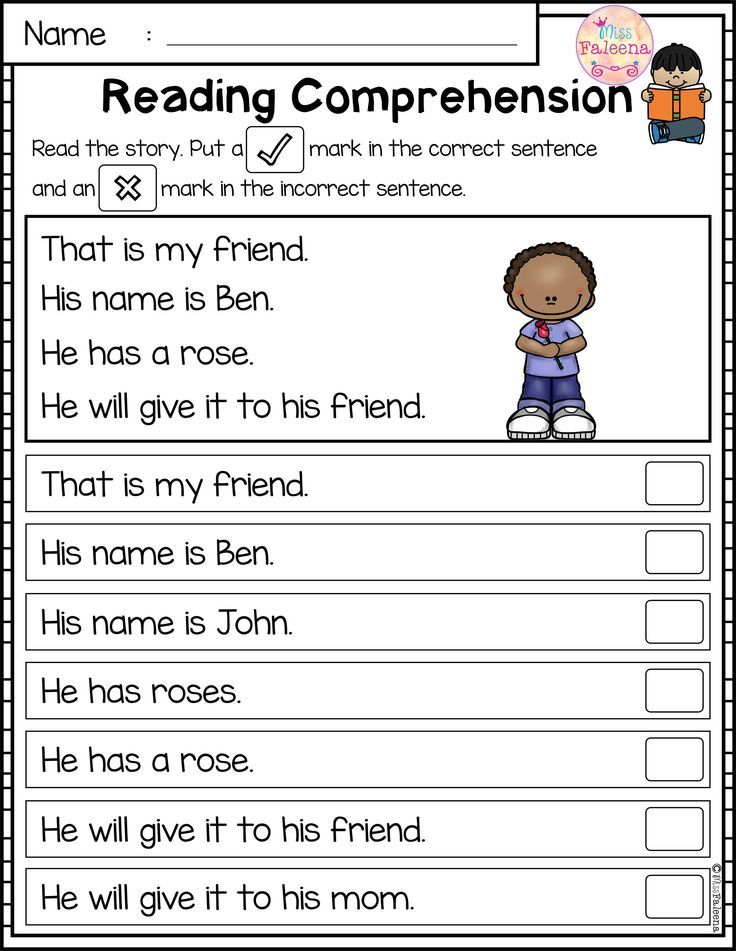 For kids 4-5 years old, cards of 1-3 sentences, for older preschoolers - 4-5 sentences.
For kids 4-5 years old, cards of 1-3 sentences, for older preschoolers - 4-5 sentences. - Pay attention to the number of words in the sentences. There should be few of them. Simple texts for reading for preschoolers are easier to digest, but you can’t stay at an easy level for a long time.
- Move on to working with text cards after automating syllabic reading.
- Read in a chain in a group or together with adults in individual work.
- Don't rush your child. At the learning stage, reading comprehension is important, not the speed of reading and the amount of time spent.
|
|
|
|
|
|
|
|
|
|
|
|
|
|
| 9000 9000 |
on the topic: Methodological development, presentations and notes
Education for reading children of preschool age
This material will help parents begin to teach early reading of preschool children.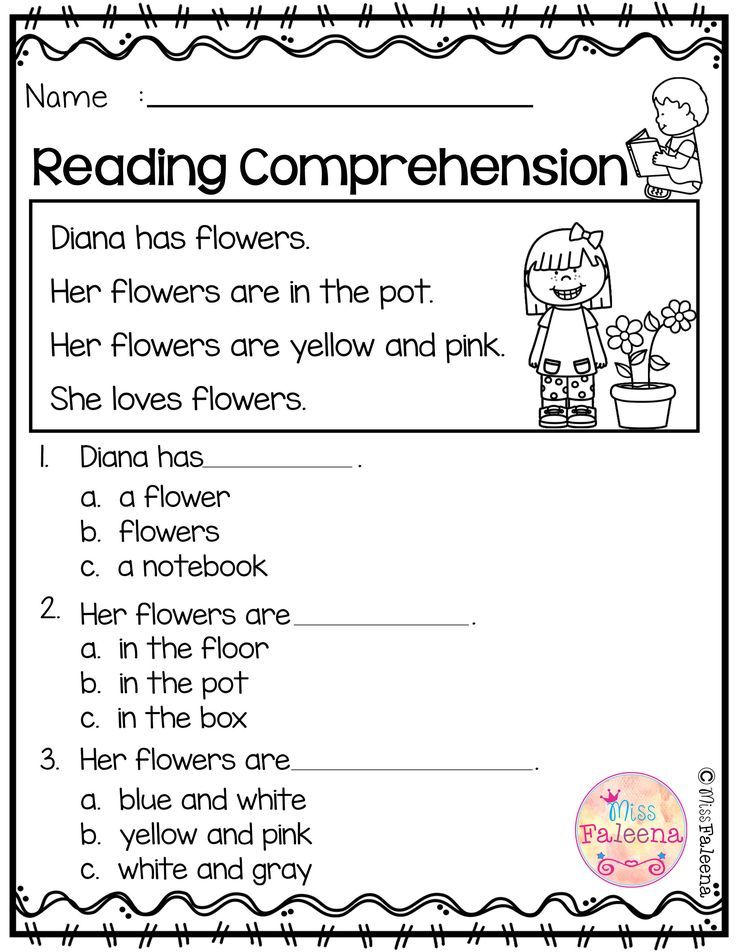 Organize this process in an interesting game form....
Organize this process in an interesting game form....
The work program of the circle for teaching reading to preschool children with elements of the technology "Zaitsev's Cubes" N.A. Zaitseva
The work program of the circle for teaching reading to preschool children with elements of technology "Zaitsev's Cubes" by N.A. Zaitsev ...
Games for teaching reading to preschool children
Is it necessary, when preparing children for school, to teach them to read, write and count? Parents are increasingly convinced that these skills will make it easier for their child to start school life. But how can one make sure that teaching reading is not...
ICT in teaching reading to preschool children as part of additional educational services.
ICT in teaching reading to preschool children as part of additional educational services....
Additional general educational general developmental program for early teaching reading to preschool children (project) “How to be able to read well .



